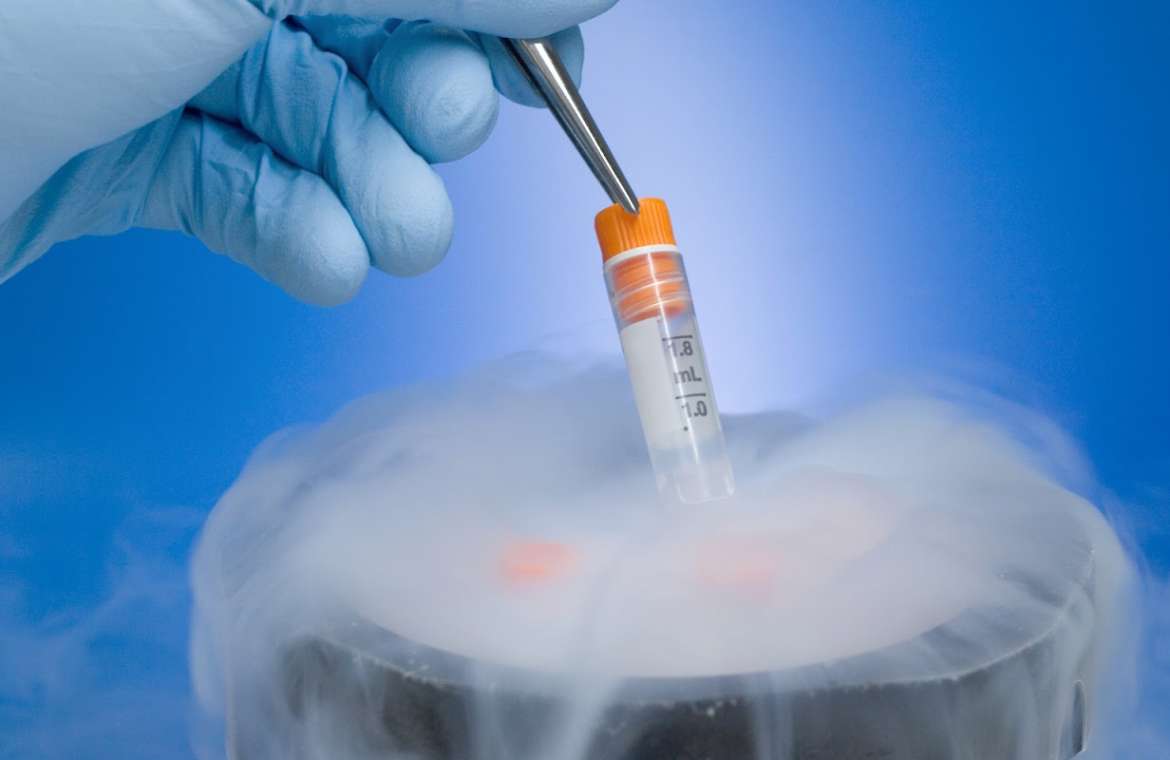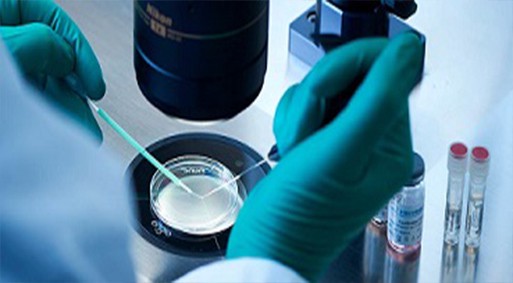During in vitro fertilization (IVF), multiple embryos can develop. After IVF, cryopreservation of embryos, a freezing, and preservation process of non-transferred embryos, can make non-transferred embryos viable for future use. For more information on embryo cryopreservation performed at our treatment centers, contact our office today.
The Embryo Cryopreservation Process
IVF laboratories currently use two processes, slow freezing, and vitrification, or rapid freezing, to preserve embryos. Vitrification has become increasingly popular in recent years due to its many benefits, including a lower risk of cell damage.
Embryos can be frozen at any point from the stage of individual (pro-nuclear) cells to the blastocyst stage, which occurs five to seven days after fertilization. Before they freeze, the embryos are combined with a cryoprotective solution to reduce their freezing point. This step is essential to avoid the formation of ice crystals inside the cells, which can cause damage.
Frozen embryos are very resistant and can remain frozen safely for long periods of time. In fact, up to two-thirds of embryos can withstand the freezing and thawing process. In some cases, embryos that have been frozen for 20 years have been used to help couples start and grow their families successfully.

Freeze your embryos
Although IVF is a safe and fairly simple procedure, one of the main risks associated with this fertility treatment is multiple pregnancies.
Cryopreservation allows the opportunity to undergo embryo transfer in the future without the need to recover eggs. Instead, patients can donate their frozen embryos to other patients. Embryos cannot be donated for research or destroyed. Patients may choose to have PGS from their embryos before or after cryopreservation.
Follow Us

Add Your Comment